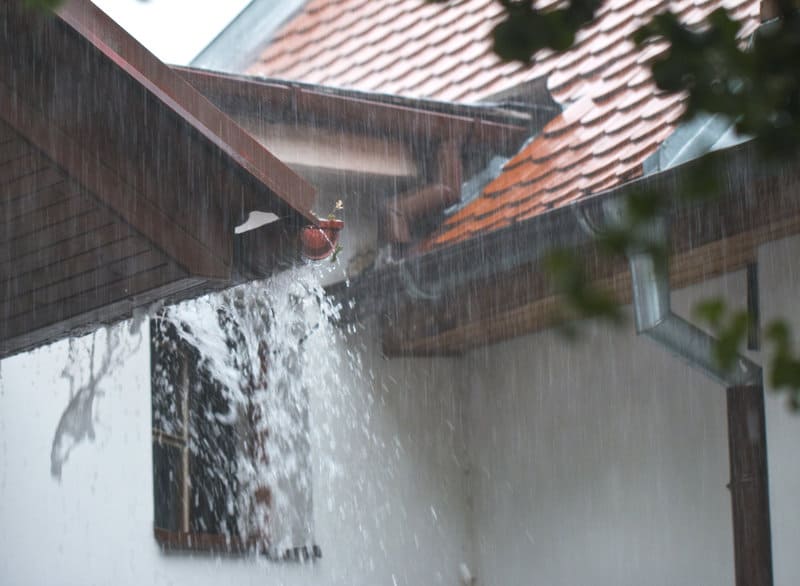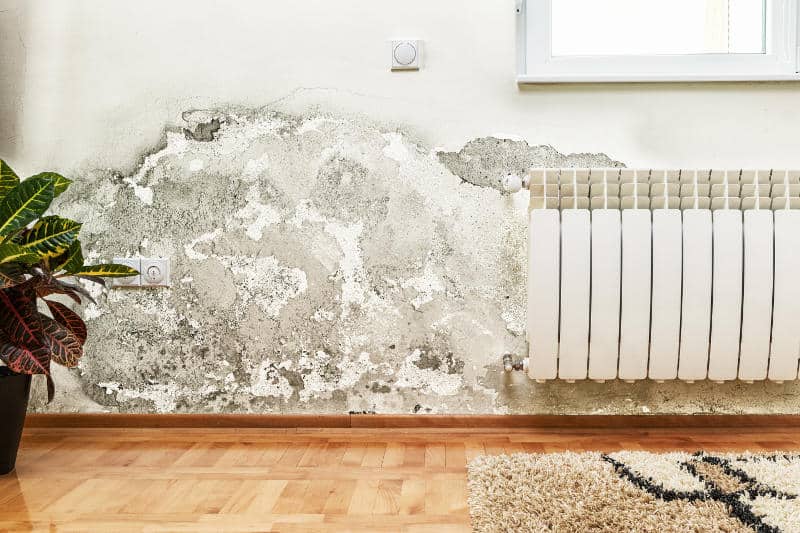Steps to Discover and Fix Water Stains Efficiently
Steps to Discover and Fix Water Stains Efficiently
Blog Article
We have uncovered the article involving Water Stains on Walls down the page on the internet and figured it made good sense to talk about it with you on this page.

Water spots on walls are not positive to the eyes. In some cases it appears practically inescapable to experience water discolorations on walls in houses.
Property owners living in damp regions continuously deal with the worry of water stains on wall surfaces. With well-rounded as well as accurate info on the causes of water stains and timely fixing procedures, you will certainly constantly be an action in advance of such incidents.
3 Common Root Causes Of Water Stains on Wall Surfaces
Unlike common belief, water spots on walls do not always come from inadequate structure products. There are numerous causes of water stains on wall surfaces. These consist of:
Poor Drain
When making a building strategy, it is crucial to guarantee adequate water drainage. This will protect against water from seeping into the wall surfaces. Where the drainage system is blocked or nonexistent, below ground dampness accumulates. This web links to too much moisture that you see on the walls of your building.
So, the leading reason for damp wall surfaces, in this situation, can be a poor water drainage system. It can likewise be due to inadequate management of sewage pipes that go through the structure.
Damp
When warm moist air meets dry cold air, it causes water beads to form on the wall surfaces of buildings. This happens in kitchens and bathrooms when there is vapor from cooking or showers. The water droplets can discolor the bordering walls in these parts of your house and also infect various other areas.
Wet or condensation affects the roofing system and also walls of structures. This causes them to appear darker than various other locations of the residence. When the wall surface is wet, it creates an ideal atmosphere for the development of fungis as well as germs. These may have negative effects on wellness, such as allergies and respiratory disorders.
Pipeline Leaks
Many houses have a network of water pipelines within the walls. It constantly increases the practicality of such pipelines, as there is little oxygen within the walls.
Yet, a downside to this is that water leakage impacts the wall surfaces of the building and also causes widespread damage. An indicator of malfunctioning pipes is the look of a water tarnish on the wall surface.
Water Spots on Wall: Repair Work Tips
Homeowners would generally want a quick fix when handling water spots. They would soon understand this is disadvantageous as the water discolorations recur. So, here are a couple of practical suggestions that will assist you in the repair service of water discolorations on walls:
Pro Idea
A houseplant in your house additionally raises its moisture. So, if the house is currently damp, you may wish to present houseplants with minimal transpiration. An example of ideal houseplants is succulents.
Conclusion
Although nobody wishes to have water discolorations on walls in their home, it can take place to the very best of us. This write-up gives you utilize, as you currently recognize just how to manage this incident if it does occur.
It is constantly best to hire specialist solutions to help fix the problems in your house.
Sometimes it seems virtually unpreventable to experience water discolorations on wall surfaces in residences.
In contrast to popular idea, water stains on walls do not always stem from inadequate structure products. There are a number of causes of water spots on walls. The water droplets can tarnish the bordering walls in these components of your home as well as spread to other locations.
Right here are a couple of useful pointers that will direct you in the repair of water stains on walls:
What To Do About A Water Stain On The Ceiling
Why This is Important
Not only are water stains a cosmetic issue, but they can also indicate that there is a leak in the home that needs to be fixed. Sometimes, this may be the first indicator of a bigger problem brewing or may have been a one time leaky issue. It is important to investigate to make sure it is under control before you possibly have thousands of dollars in repairs.
Identify the Cause of the Water Stain on the Ceiling and Where to Start
It is important to identify the cause of the water stain on the ceiling first so you can fix it. Start first with the roof to see if there are leaky shingles or missing shingles, missing flashing, or weakened seals around roof vents. You may need to get on top of the roof to look or call a professional to check for you. It is possible that water is coming into the home from the roof. So you will want to have the professional take a look to see if this is the issue.
Also, look in the attic to see if there is a pool of water and that will also help you to know if there is water leaking into the home.
Radiator or Air Handler on 2nd floor
In colder parts of the country, there may be a radiator on the second floor. Radiators are used to keep rooms warm in the cold months and do wear out or need replacing. Does the radiator have a pool of water underneath it or any dripping? If yes, this could be the problem and causing the water stain on the ceiling. Check the model of the radiator and see if it is something you can do yourself or call a professional to check the body, pipe, and the valve for leaks.
The same is true for those who have an air handler on the second floor. Did your AC stop working? Or do you see water leaking? The drip pan (if you have one) on an HVAC unit collects the water and it can become clogged and back up. The float switch (again, if you have one) will activate as soon as the water reaches a certain level and shut down the HVAC unit, thus not allowing the water to continue to flow. Make sure the HVAC doesn’t become clogged and checking this monthly is a good idea.
Upstairs Bathroom Can Cause a Water Stain on the Ceiling
Bathrooms are often the culprit as caulking wears out after about 10 years and needs replacing. Is the home older than 10 years? This may be the issue. While checking the caulking in the bathroom around the sinks, toilets, and shower/bath, also check for black mold in the shower. Might as well rule everything out while you are looking for the source.
Other areas to look at are toilets clogging and overflowing. Do you see water near the toilet on the floor? This could be the seal is broken on the toilet and it needs replacing. Also, adding caulk to the toilet to connect it to the floor is a good idea. If the toilet is continuously running, you can shut off the water and do the water meter test.
Write down the number on the water meter and then turn off the water for three hours. When you turn it back on, check the number on the water meter. If it has increased, then you have a leak in the indoor plumbing.
Taking care of these areas is essential as sewer gases can also be escaping. Sometimes these issues will soak the ceiling below and clog in sinks and drains in the shower can also cause flooding in a bathroom.
Put a Drop Cloth on the Floor
With goggles on and gloves, put a drop cloth on the floor. Then, take 3 glasses of warm water and one cup of bleach and mix it together. Set up a ladder and climb up to the stain. Use a sponge that is soaked in the concoction to rub it on the water stain to get it to come off. Take a spray bottle of plain water and spray the stain to get the bleach mixture off. This is important because you want to be able to prime it and paint it. Take a dry towel and rub the stain to help it dry faster. Next, put painters tape around the ceiling if the spot is near the walls. Apply an Oil Based, Stain Blocking Primer
Apply an oil based, stain blocking primer that is mold resistant that matches the ceiling. It is important to put the primer on first so the paint doesn’t soak into the ceiling. If you have a flat ceiling, you can use a paint roller with an extension to apply it. Once the primer has dried, apply the paint. If you have a textured ceiling, a spray on primer might work better.
Choose a Latex or Alkyd Ceiling Paint
The latex ceiling paint is water-based and dries faster than the oil-based paints and also is thicker than wall paint. Make sure that the paint matches the ceiling color. Using a roller, paint it on over the primer and let it dry for up to four hours. Then, apply a second coat and let it dry. The second coat should make the stain disappear.
https://insideandoutpropertyinspectors.com/water-stain-on-ceiling/

Do you like reading about Indicators of Water Damage Behind Walls? Try to leave feedback down below. We will be interested to see your views about this blog post. In hopes to see you back again in the near future. Those who appreciated our post kindly be sure to pass it around. I thank you for reading our article about How to Remove Water Stains from Walls and Ceilings.
Resolve plumbing disruptions with experts. Report this page